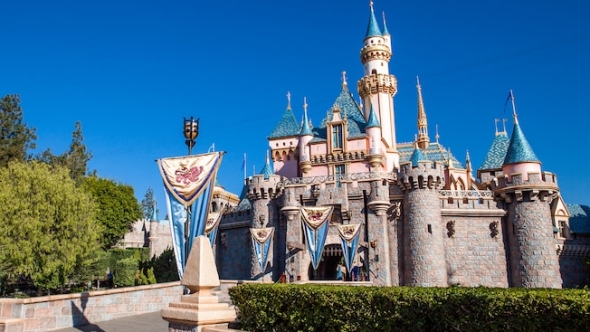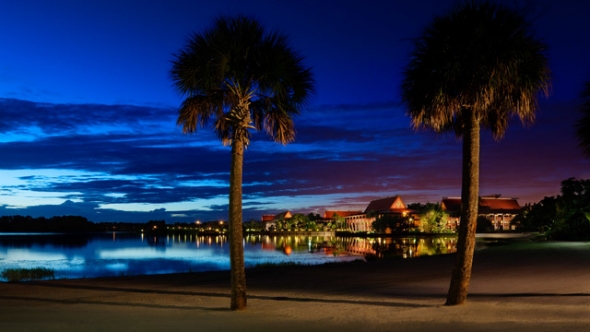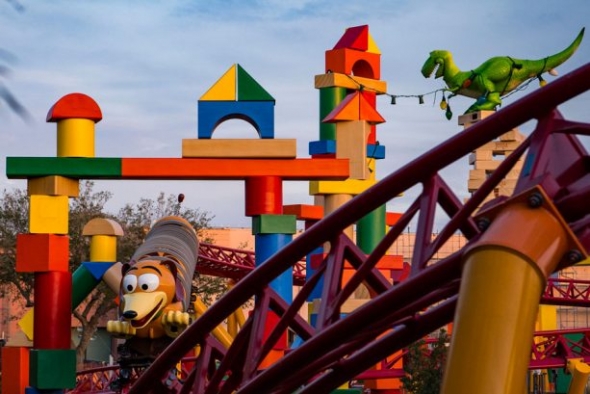Park Design
Image: DisneyNot every park can claim this, but some control park traffic through their designs. Walt Disney himself favored the hub-and-spokes style that's familiar to park guests. It's employed at Disneyland and Magic Kingdom, among other places.
The idea is simple. One part of the park is the central hub. Spokes connect it to the various themed lands throughout the park. This method controls the flow of traffic efficiently because guests must travel set paths to reach their destinations.
Disney may entice its visitors to frequent some paths more than others by holding character greetings, musical performances, and even parades. Historically, it’s the least effective strategy for crowd control. However, the big data era has elevated the tactic into a much more potent method of keeping guests out of overcrowded areas.
Surge Pricing
Image: DisneyHave you heard someone say that Disney no longer has an offseason? While the statement is debatable, it’s based in some truth. Company officials have recoiled at the idea of less crowded times on the park calendar. For this reason, they’ve done everything possible to encourage guests to visit the parks during historically less-crowded periods.
One of the earliest successes was the Epcot international festivals, which enticed people to visit during the Spring and Fall. Later, Disney Vacation Club (DVC) Points Charts rewarded members for spending their points during those same time periods.
Recently, park officials took a more lucrative stance. They started charging guests more to visit the parks during the most crowded days on the park calendar. Using decades of park data, strategists developed surge pricing as a means to deter guests from visiting during Spring Break and on major holidays. The idea is that guests must pay more to play on those days.
Meanwhile, Disney incentivizes budget-minded guests to attend Disney during the colder months like January and February and the soft spots in the schedule such as September. This strategy flattens attendance charts, bringing most days closer to the middle of the bell curve. Everyone hates surge pricing due to the price increase, but it’s an effective tactic for crowd control.
Extra Magic Hours
Image: DisneyI’ve saved this one until the end because it’s one of the least heralded forms of controlling park traffic. It shouldn’t surprise you, though. Extra Magic Hours represents a way for Disney to reward guests for staying onsite. Anyone spending the extra money at an official Disney hotel gets an extra hour of private park time. If that sounds familiar, it should.
Extra Magic Hours claims the same underlying premise as Disney After Hours, only the transaction isn’t as overt. You’re still paying more to get extra time at an otherwise closed theme park. You’re just not doing it at the park. Instead, you’re footing the bill at your hotel. Ticketed events are an evolution of that same concept.
The park traffic benefit is the same. When guests get that extra hour before or after the park is open, they spend less time inside the park during operating hours. During the grand opening of Star Wars: Galaxy’s Edge, Disney introduced Extra Extra Magic Hours for this specific reason. The stated goal was to siphon off traffic outside of regular park hours, a plan that largely succeeded.




Add new comment